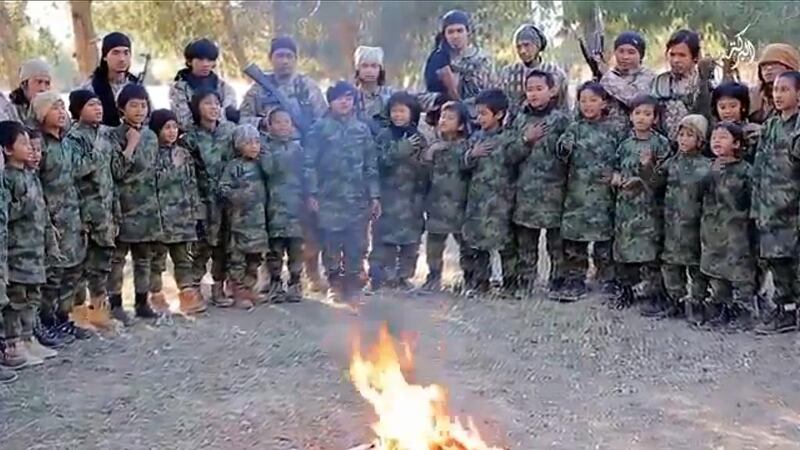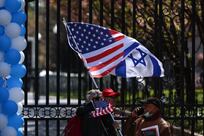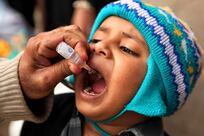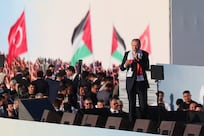At an age when most teenage boys are preoccupied with PlayStations and kicking a football around with their friends, 13-year-old Hassan has seen horrors beyond imagination. When Kurdish soldiers rescued him, the son of a senior ISIS commander was found with pictures of himself proudly clutching a severed head. Kurdish authorities in northeastern Syria's Tal Maarouf district are engaged in an experimental rehabilitation programme that seeks to tame the so-called cubs of the caliphate, boys aged 12 to 17 who are either children of ISIS fighters or were recruited by the group. This is one small initiative dealing with about 80 children but it seeks to creatively tackle a problem that is global. Terrorist groups have long viewed children as valuable commodities. The malleable minds of the young make them receptive to the poisonous ideologies of recruiters while their appearance means that they are inconspicuous and more likely to evade detection by the authorities. That is why children are conscripted by terrorists and deployed in the service of terror.
According to a UN report, the number of minors involved in conflict in the Middle East and North Africa more than doubled, from 476 in 2014 to 1,168 in 2015. Yemen alone witnessed a fivefold increase, with Houthi militias known to recruit boys as young as 15. Just this week, Arab coalition forces rescued a four-year-old girl who was about to be used as a human shield by terrorists in Yemen. And ISIS suicide bombers used four children under 12 in a series of attacks on churches in Indonesia last week.
The terrorist group plunged the depths of depravity by forcing child refugees created by its own regime to perpetuate violence in its name. But this is not a phenomenon restricted to any one region. The Tamil Tigers in Sri Lanka were notorious for their use of child fighters and in the 1990s, IRA terrorists in Northern Ireland recruited children as young as 14 to carry out atrocities. The Colombian conflict, too, saw children used as guerrillas to gather intelligence and deploy mines. Many are now being reintegrated into normal society via government programmes.
As the UN Children’s Fund has noted, minors exploited by terrorist groups are victims of violence on multiple levels. Their recruitment process is often indescribably brutal, involving enslavement, sexual exploitation and thorough indoctrination. They are made to live in a state of permanent fear as they are taught the virtues of taking innocent lives to advance the ideological ambitions of their adult masters. The existence and proliferation of child terrorists is an indictment of the failure of the world to protect them. Rehabilitation centres and government initiatives form a small step in giving them the life they never had but that is one battle worth fighting for.





